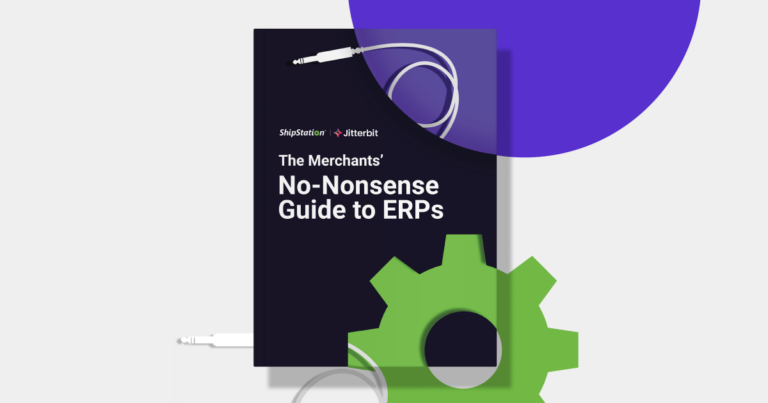How to Create an Agile Retail Allocation Strategy

On one hand, technology has been a godsend for retailers. It’s easier to manage inventory, fulfill orders, and generally improve the customer experience.
On the other hand, technology has made consumers impatient. And every year, the average shopper’s threshold for waiting grows shorter.
Consumers are needy. And they’re not super keen on having to wait to get what they want. And if a shopper visits a retailer who’s supposed to have his or her desired merchandise and doesn’t? Chances are good the shopper won’t be giving that retailer another chance.
This is why a good retail allocation strategy is so important. The right strategy ensures you have the right inventory on hand to meet customer needs. And it also ensure you aren’t wasting space with merchandise shoppers won’t ever buy.
If you want to be confident about your allocation strategy, we can help. Take a look at two old-school approaches to avoid and two modern approaches to embrace.
Bad Idea #1: Distributing merchandise equally across every location

A retailer that uses this technique sends the exact same quantities of the exact same products to each store and/or warehouse. They don’t take into account any historical data, customer behavior, or market trends. Instead, they treat every location as if the shoppers it serves are identical.
As a result, some locations are overflowing with inventory and others don’t have the most popular merchandise on hand. Stockouts lead to dissatisfied customers and lost sales. Overstocks mean the retailer must substantially mark down merchandise in order to get it out the door and make room for new products.
Both hurt profits. And both are totally avoidable.
Bad Idea #2: Relying entirely on historical data

The other previously-popular retail allocation strategy is a smidgen better than the first. But it’s still very much a bad idea. In this approach, a retailer uses historical data — and only historical data — to build their strategy.
The brand doesn’t think about how their target customers have changed since the previous season or year. They don’t consider whether competing retailers have updated their tactics. They rely solely on how they have managed allocation in the past. The result is the same: stockouts, overstocks, and unhappy shoppers.
Now let’s break down the basics of a smart retail allocation strategy.
Good Idea #1: Embracing consistency and flexibility

Think about your strategy as if it were a boat. (Stay with me on this one; I promise it’ll make sense.) The hull, tiller, rudder, and sails are made from data. Your building materials are historical information, current trends, and intelligent forecasting models. If conditions stay as you predicted, your “boat” can get you through the selling season without issue.
But what if a product is more popular with a certain audience segment than you anticipated? Or what happens if last year’s best seller is a flop this time around? Then it’s time for course correction.
A good retail allocation strategy is one you can quickly and easily adjust in response to real-life performance. It’s one that allows you to steer clear of unexpected storms or choppy water — i.e., stockouts and overstocks.
Good Idea #2: Supporting customer satisfaction without neglecting business goals

A smart retail allocation strategy abides by the rule of PAT:
- It ensures the right Products
- Are available to the right Audience
- At the right Time
It’s customer-centric but not customer-obsessed. A retailer can’t make allocation decisions based exclusively on what shoppers want. Because while a business can’t survive without customers, it also can’t survive without a positive revenue stream. Not for long, at least.
For the most part, your strategy will be based on educated guesses. But the more information you acquire, the more confident you can be about those guesses. Your ultimate goal is to determine the most cost-effective and efficient ways to simultaneously 1) maximize your storage and/or selling space, and 2) satisfy your customers.
Use every data source you have. Your customer relationship management (CRM) software can help you identify shopping patterns and browsing behaviors of current customers. Social media can show you what potential customers across all demographics care about. Sites like Multichannel Merchant, Retail Touchpoints, and Total Retail can give you expert insight into merchandising planning and supply chain management.
The Takeaway
At its core, retail allocation is about balance. It’s about finding happy mediums. A data-driven, customer-centric retail allocation strategy will enable you to grow your profits and your customer base. You just have to know where to start.



